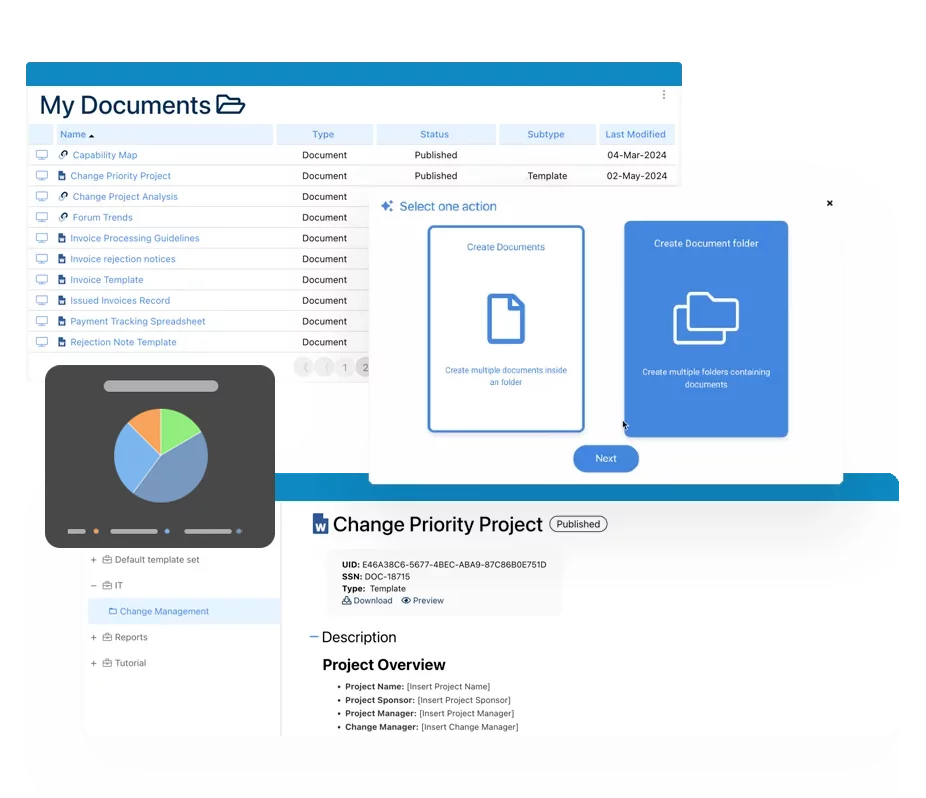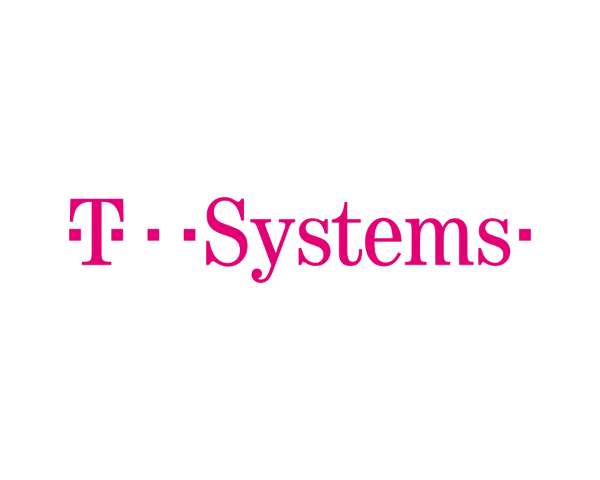Testimonials to Watch

“Ilka Sauerbrey, Quality Manager at MOTUL, offers her insights regarding the integration of fractured, legacy & incompatible data sources into a unified repository that aligns with ISO 9001 standards.”

“Sara Arroun, Senior Manager Quality & Process Improvement at International Air Transport Association (IATA), shares her thoughts on the consolidation of data from fragmented digital & manual document sources to one repository meeting ISO 9001 compliance.”

“Jessica Henning, Business Analyst, discusses the evaluation process to select EPC, key capabilities and features, as well as unexpected benefits of EPC’s scalability realized from a separate core conversion upgrade.”

“Allan Bachan, MRO expert and VP at ICF discusses companies transitioning to remote work during the COVID pandemic, as well as EPC’s value to highly regulated industries and more.”

“Associate Professor Dr. Laura-Diana Radu(Genete) Economics and Business Administration at Romania’s oldest and most renowned university Universitatea „Alexandru Ioan Cuza” din Iași Ioan Cuza, talks about how Interfacing.’s digitaltwin solution is utilized at the core of the master’s degree program over the past 4 years to teach students 360-degree business modeling.”

“ Jakob Kistler, Group Manager Business Processes, discusses the primary driver and evaluation process to select EPC, as well as EPC’s benefits and how it is used by the dpd Team! ”






































































































